Even though we already had some snow during this winter season, it wasn't too much, and above all, it melted relatively early. But if you are in the mountains, the situation may be different. After all, it can change every day, because weather forecasts can't be trusted too much. So learn how to take snow photos on iPhone to get the best results.
Simply white
If the sky is gray, the photographed snow is likely to be gray as well. But such a photo will not sound as it should. Snow is supposed to be white. Already when taking pictures, try to raise the exposure, but watch out for possible overshoots, to which white is simply close. You can also achieve truly white snow with post-production. All you have to do is play with contrast, color (white balance), highlights, highlights and shadows, all right in the native Photos app.
Makro
If you want to achieve really detailed photos of snow, you can do so with the iPhone 13 Pro and 13 Pro Max by simply moving the lens closer to the subject. This is, of course, for the reason that this duo of phones can already do macro directly in the Camera application. This will focus from a distance of 2 cm and allow you to capture really detailed photos of each snowflake. However, if you do not currently have these iPhone models, download the application from the App Store Halide or Macro from the developers of the popular title Camera +. You just need to own any iOS device on which you can run iOS 15. Of course, the results are not as good, but still better than from the native Camera.
Telephoto lens
You can also try using a telephoto lens for macro. Thanks to its longer focus, you can get, for example, to a snowflake that much closer. Here, however, you have to take into account a worse aperture and thus possible noise in the resulting photo. You can also experiment with portraits. These have an advantage in subsequent editing, which can work only with the object in the foreground, thanks to which you can unite it more with the white background.
It could be interest you

Ultra wide angle lens
Especially if you are photographing vast landscapes, you can use the services of an ultra-wide-angle lens. But be careful not to fall on the horizon on frozen surfaces. Also take into account that the ultra-wide-angle lens suffers from degraded quality in the corners of the image and at the same time a certain vignetting (this can be removed in post-production). However, the resulting photos with such a wide shot with the presence of snow cover look simply great.
Video
If you want spectacular videos of falling snow in your Christmas clip, use slow motion. But be sure to use only the one at 120 fps, because in the case of 240 fps the observer would not have to wait for the flake to actually hit the ground. You can also experiment with time-lapse recording, which records not the falling flakes, but the increasing snow cover over time. In this case, however, consider the need to use a tripod.
Note: For the purpose of the article, the photos are scaled down, so they show a lot of artifacts and inaccuracies in colors.



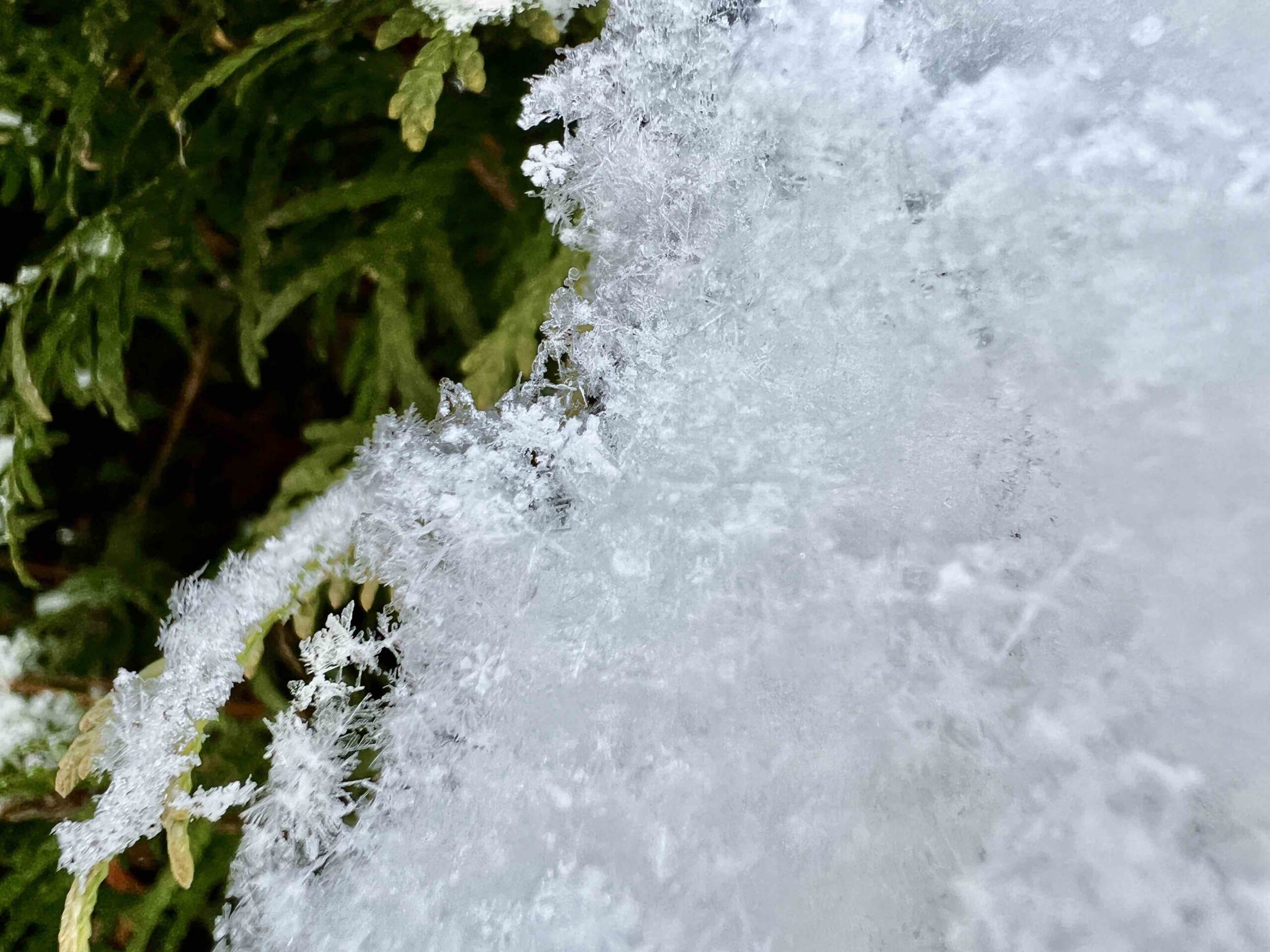
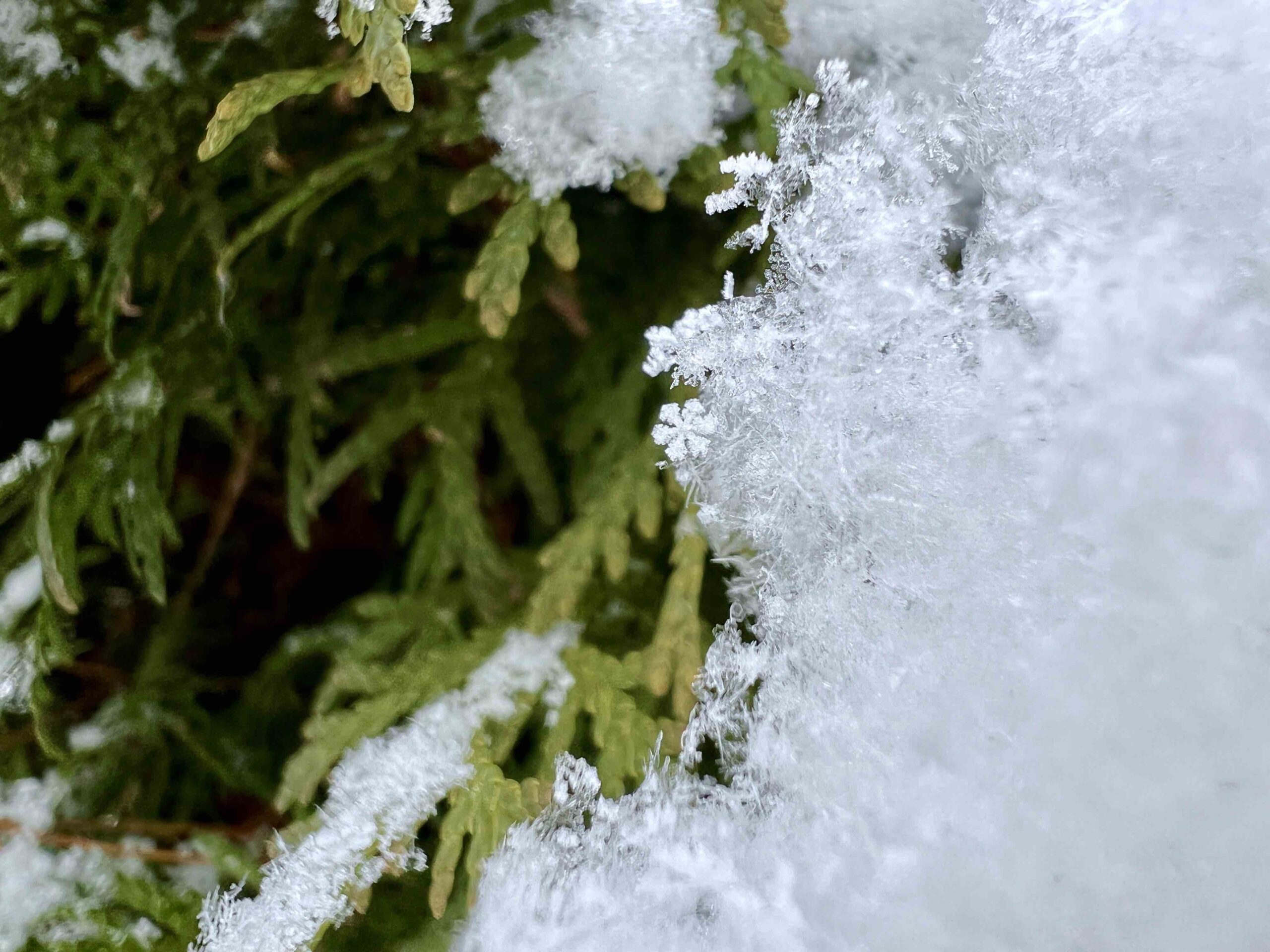
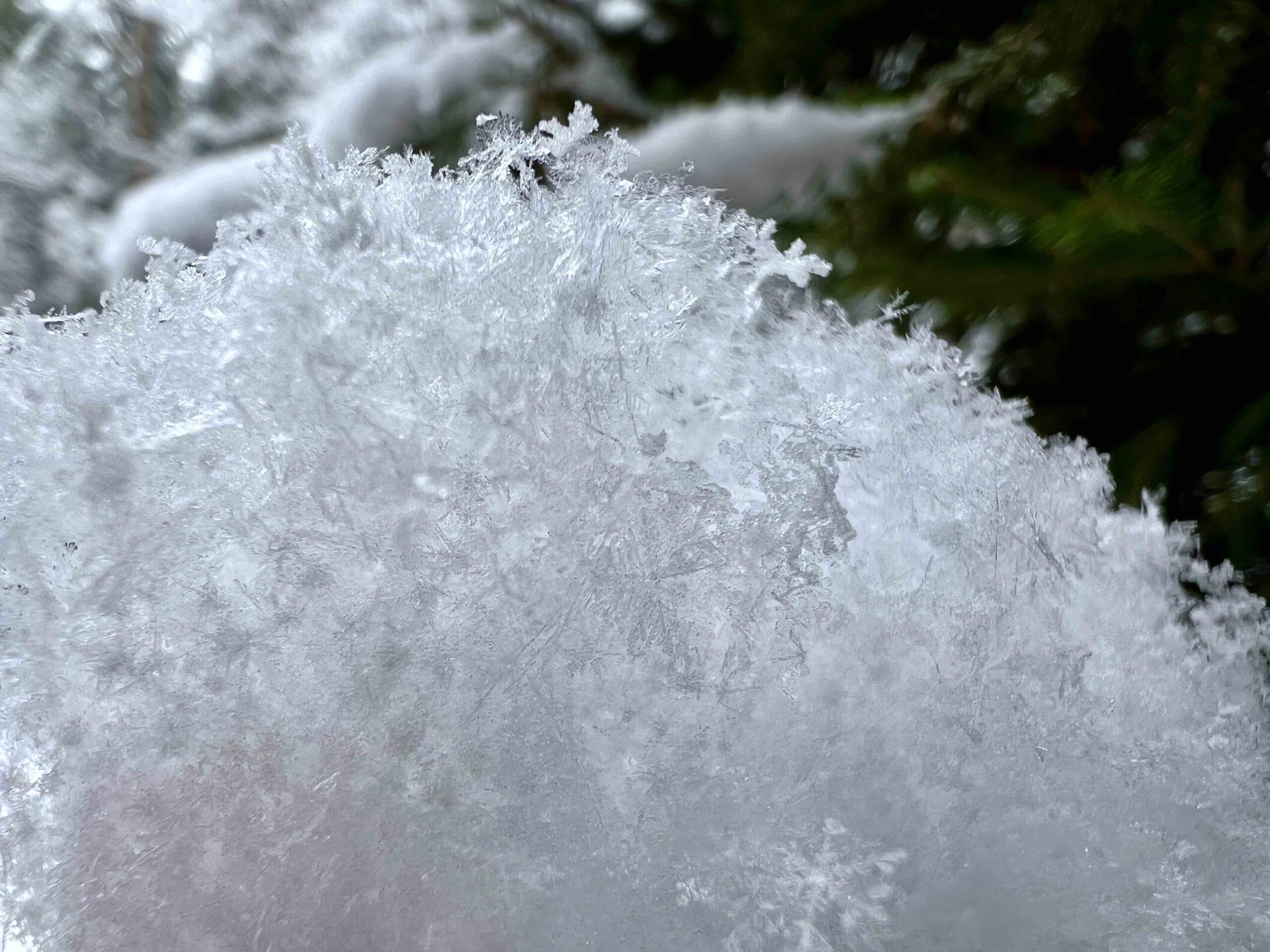
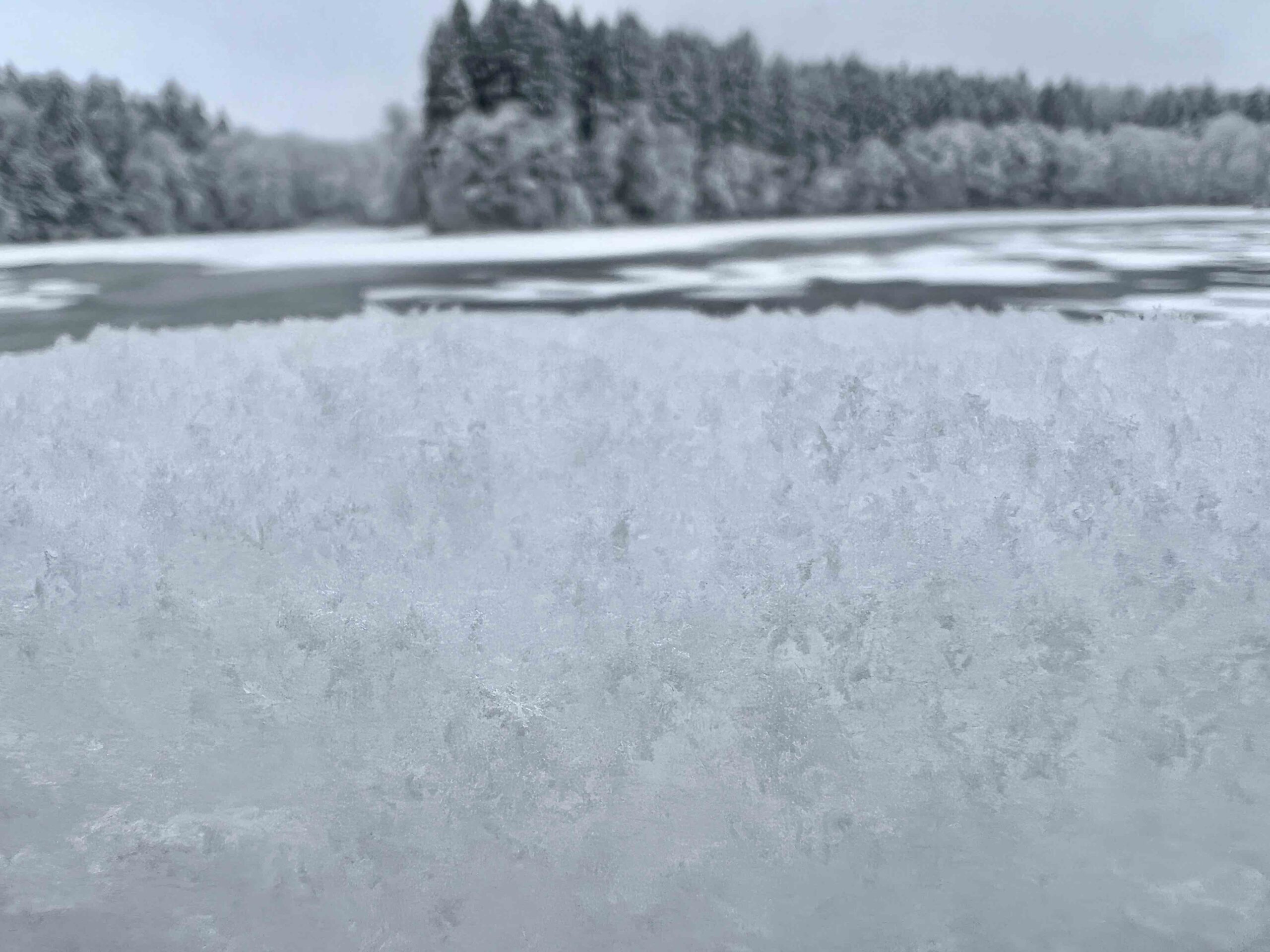
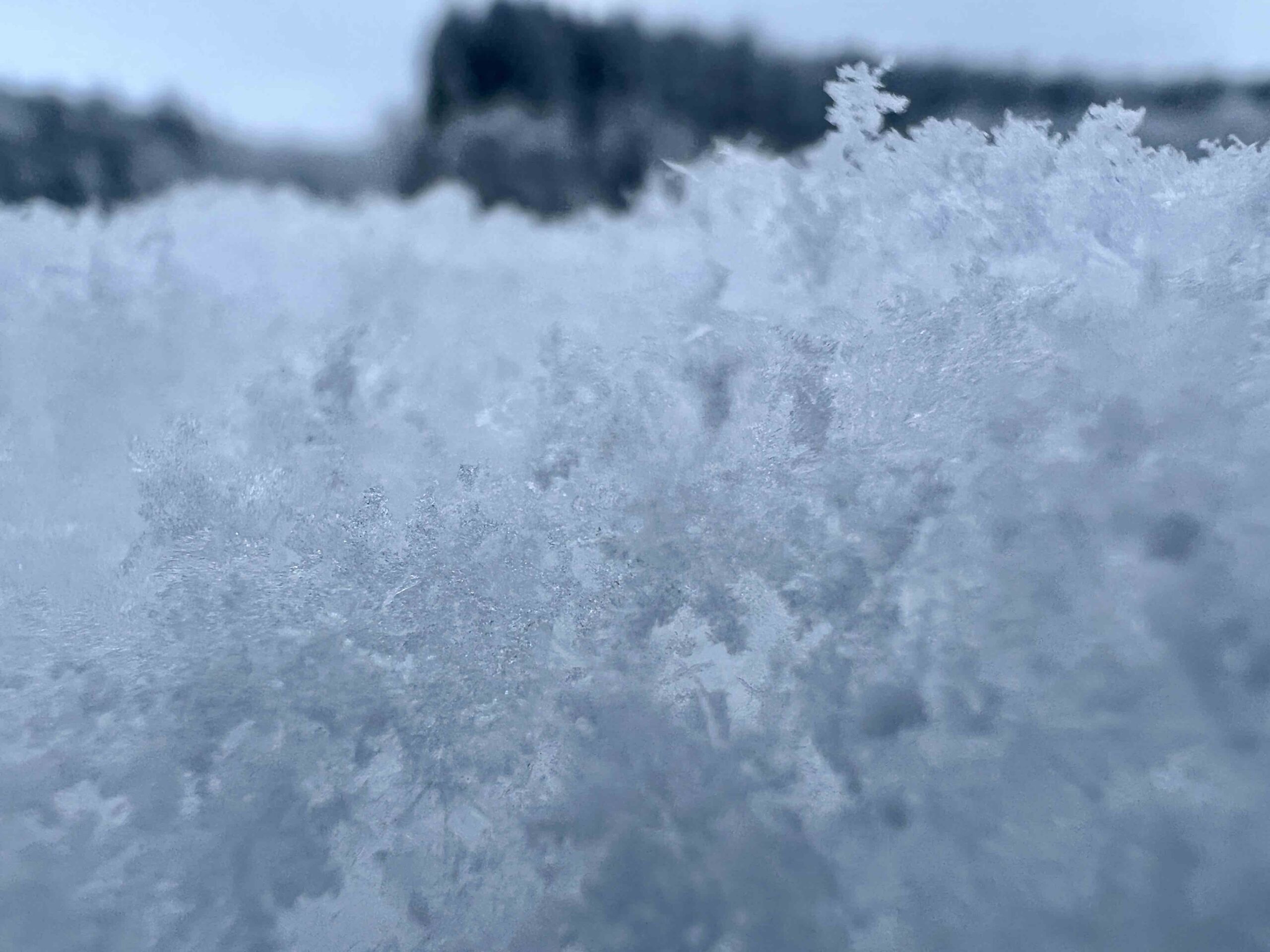
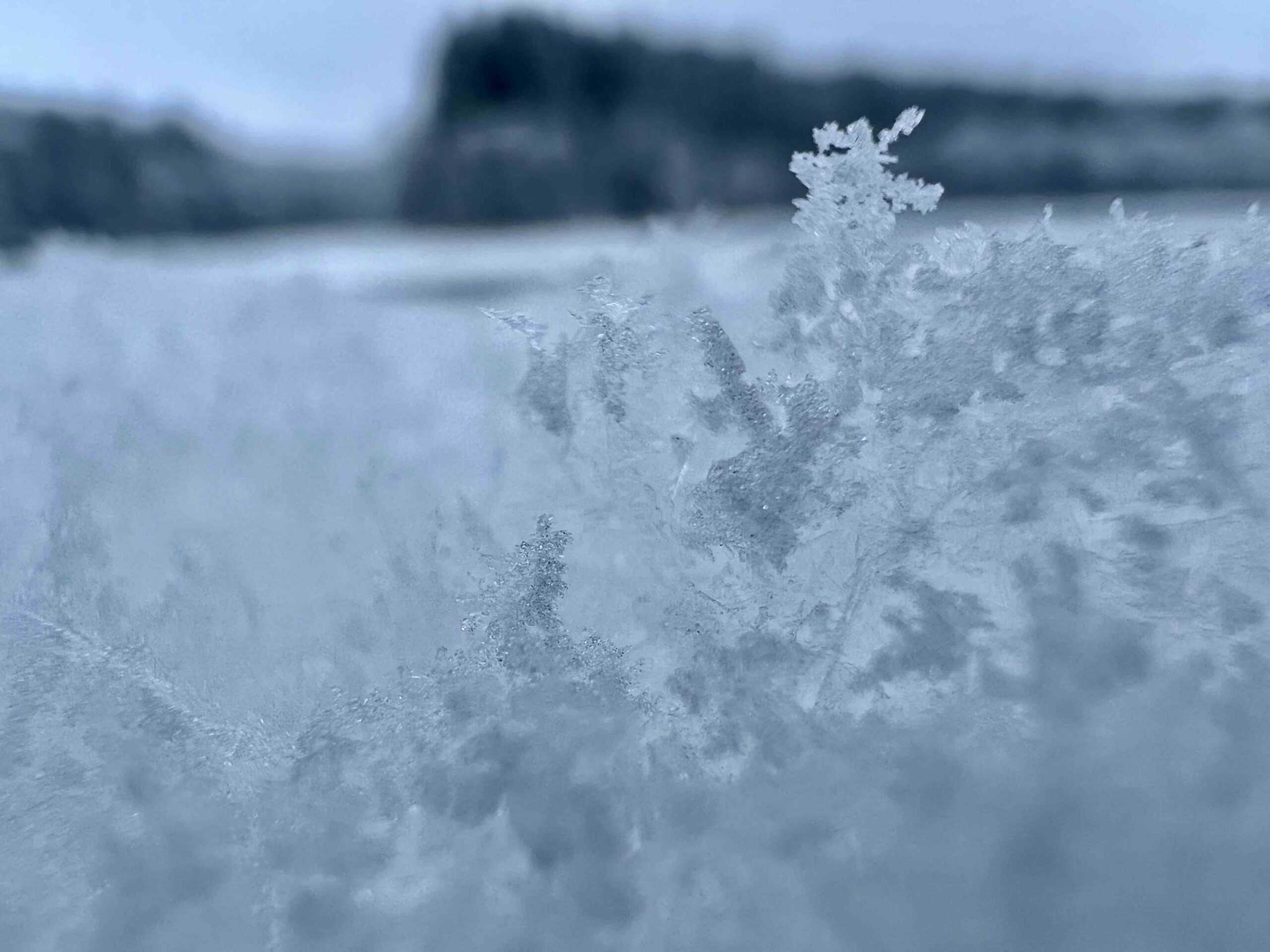



 Adam Kos
Adam Kos 

